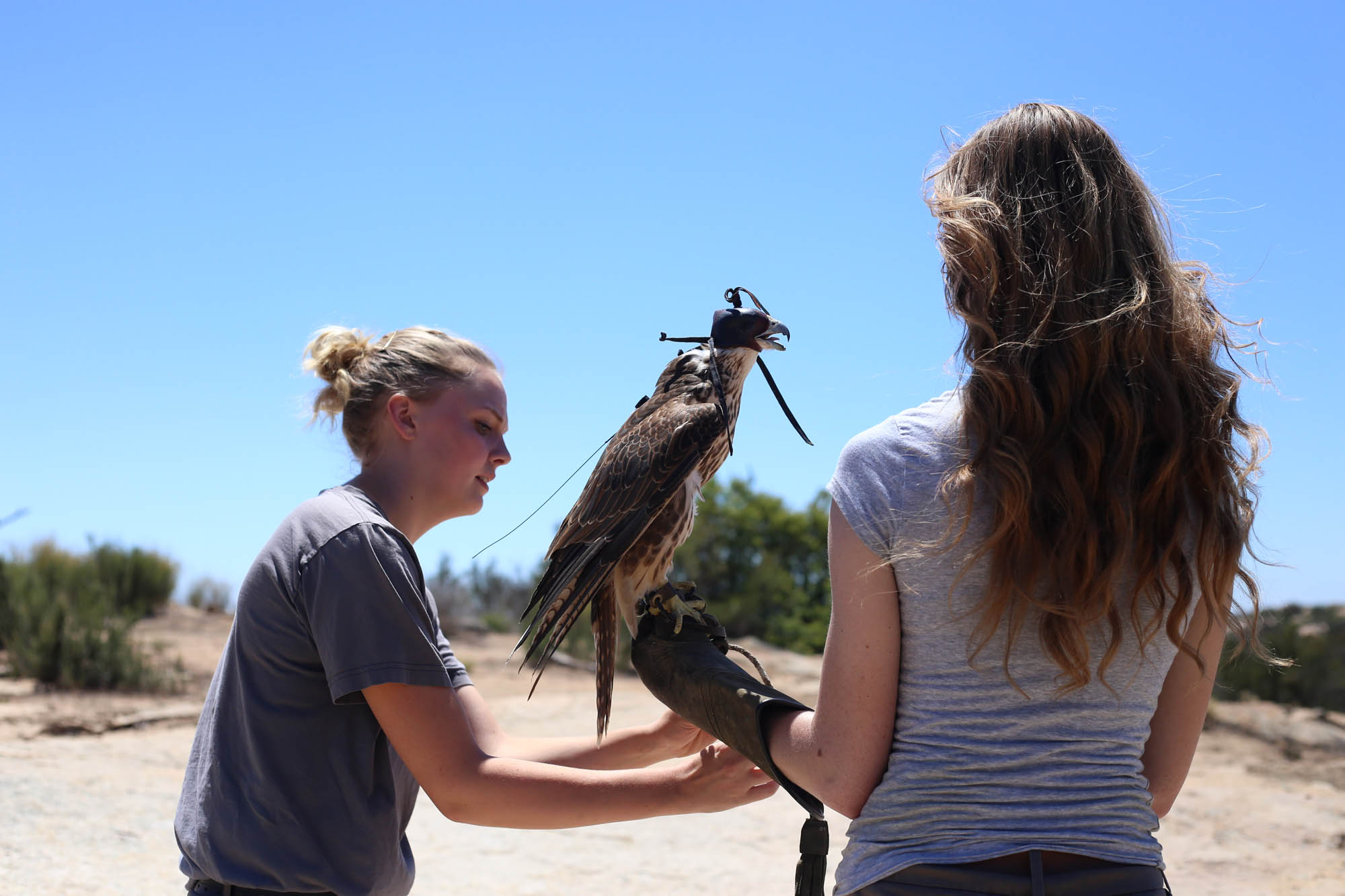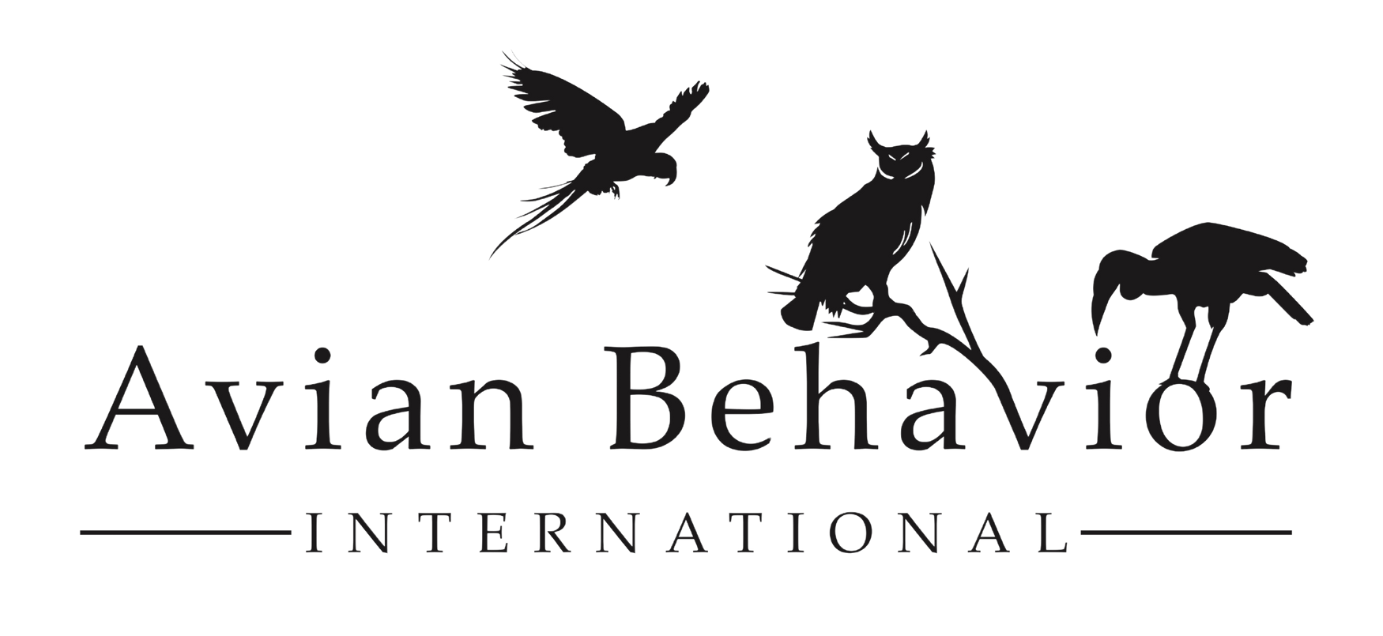
30 Aug Building Effective Training Programs for Facilities and Non-Profits: From Purpose to Progress
The challenges faced by facility owners and non-profit leaders can be as diverse and intricate as the avian world itself. Advancing toward more sophisticated training behaviors, motivating teams, ensuring consistent record-keeping, and fostering a supportive environment despite varying levels of avian familiarity—these are hurdles that can seem daunting.
And whether you are new to your organization or have an established history with it, these common challenges can get in the way of accomplishing your goals.
Factor in the constraint of time, the unique demands of volunteers, and the ever-shifting nature of seasonal adjustments, and the path toward a successful training program becomes even more complex.
A Solution-Centric Approach
However, challenges can be transformed into opportunities. With the right strategies, these hurdles can serve as stepping stones toward a more effective training program.
Drawing from our extensive experience, we’re here to not only share proven methods for constructing impactful training initiatives but also to directly address the concerns and obstacles you face. From understanding the core purpose to navigating team dynamics and refining priorities, each step is designed to empower you to take on these challenges with confidence.
Unearthing the Why: The Foundation of Purpose
To embark on any journey, you must first understand your destination. This holds true for individuals as well as teams.
Building a training program requires grounding your purpose in a core value system. This shared purpose fuels your actions and ensures that your techniques align with your organization’s philosophy.
While methods may evolve with scientific understanding, the bedrock of purpose remains steady.
For Avian Behavior International (ABI), the mission was crystal clear—to explore progressive ethical training practices. Founded as a behavior-forward educational organization, ABI not only shares conservation through free-flying birds but also acts as a laboratory for innovative behavior and training ideas. The essence of purpose shapes the path forward.
Mapping Purpose to Action: Principles and Interaction
From a purpose comes a tree of principles that make up the actions and values of its practitioners. These then outline how we interact with each other and the animals in our care.
The reason we establish this first is because we know that every animal and human is an individual. An individual carries different ethology, learning history, and temperament from another, which then impacts the way we work with it and our expectations therein. Our training program looks less like a formula and more like an algorithm that allows us to flex at each bend in the road to optimize the bird’s welfare.
Establishing a purpose means that we have a meta view for why we do what we do. Your purpose also impacts how your daily and weekly work flows, which will set us up for the scaffolding that we need for this training program.
By starting with our why, we can understand more about how the training program will fit in our schedule as well as what we need to get out of it in order to feel the progress. It may not be evident by this first lesson, but we will keep honing in on this point throughout this roadmap.
What Is the Learning History of Your Animals
Unpacking the learning history of your avian charges involves understanding their past baggage.
Avoid assumptions and narratives; instead, assess based on what you observe. Adjust your training program to accommodate their unique stories, be it trauma or resilience.
What challenges the animals in our program face as we strive to mesh our training ethos with the needs of the organization is a realistic part of the day in and day out work our staff will face. We have to map out these challenges head on to understand what our priorities will be in our program.
Providing Structure – Building Structured Training Blocks
Establishing a structured teaching system benefits both human and avian learners, whether they’re animal caregivers focused on welfare or educators refining training.
Husbandry and interpretive training align in improving bird feedback mechanisms. Customizing training for varying teams with unique histories, styles, and goals starts by categorizing bird care by complexity.
For instance, our morning bird care is divided into sections of increasing difficulty, reflecting the setup and interactions.
Newcomers begin with the upper section, involving hands-off tasks. As confidence grows, training progresses to more detailed blocks. Training emphasizes that any interaction influences future behavior, and our ethos “Shadow-Do-Teach” fosters mastery. Shadowing, co-working, and independent work with supervision lead to competency and engrain understanding.
Ensuring Competency
A robust checking-off process maintains behavioral integrity and staff growth. Shadowing a fluent trainer, co-working, and independent sessions lead to competency. Emphasizing feedback for skill development is crucial.
Operationalizing behaviors and explaining processes solidify understanding. This systematic approach provides clarity and consistency, benefiting both human and animal learners.
Assessing Time and Priorities
Time is the elusive currency in animal care. 90% of unmet training goals are rooted in time constraints.
But training isn’t about long sessions; it’s about integration. Quick bursts of focused training seamlessly woven into daily routines lead to lasting results. Training isn’t just an addition; it’s an integral part of caregiving.
To make this work for your organization, you can infuse training into daily tasks for consistent progress, leveraging those fleeting moments.
Crafting Goals with Precision
The primary obstacle to achieving training goals is typically the scarcity of time. A large part, around 90% or even 95%, of unmet goals can be attributed to time constraints. The daily demands of feeding, bills, and unexpected events add to the complexity. Even organizations like ABI face challenges fitting training sessions into busy schedules. Rather than advocating for working longer and harder, the focus shifts to integrating short 3-5 minute burst sessions into everyday care. Longer sessions are best scheduled during less stressful periods.
Building a manageable training program involves acknowledging the necessity, even with limited resources. Prioritization, scheduling, and breaking goals into smaller pieces drive consistent progress. Rather than attempting unrealistic hours of training that lead to burnout, starting with short sessions integrated into routine care builds better results.
Identifying Priorities
I would have to say that 90% of the reason why training goals aren’t met is because there isn’t enough time. That’s generous. Maybe 95%.
There is simply not enough time in the day to accomplish what we want to accomplish. You can say it’s a matter of priority, but mouths have to be fed, bills have to be paid, and as animal caregivers we have learned that the unexpected is an expected part of our day.
Again, even we at ABI, as a training organization, can experience challenges fitting in our training sessions when the proverbial fecal material hits the fan. The good news is that I am not here to tell you to work harder, faster or longer. What I will tell you is that training programs became more manageable when we stopped seeing training as a separate thing and incorporated short sessions inside our husbandry as 3-5 minute burst sessions and schedule our longer sessions for when we feel less stressed. Let’s pick this apart a little bit more.
Setting up a training program means that we recognize the need for one, even if we are short on resources. We accomplish what we prioritize, we prioritize what we make time for, and we make time for what we write into our schedule.
And just like training a behavior, it can feel overwhelming when we look at the end goal that we want. Instead, breaking up our build into manageable pieces to build steady progress will actually help us get there much faster.
Effective Goal Setting
Setting training goals involves breaking down behaviors into observable terms and microskills. Defining terms and considering species differences enhances clarity. Reverse engineering the process by setting deadlines for microskills aids progress monitoring. Large goals become manageable through smaller goal posts, ensuring steady development.
Transparency, staff involvement, and reverse engineering improve goal accomplishment. This approach applies to large projects like free flight programs and smaller objectives such as improving calm behavior during interactions.
Balancing Short-Term and Long-Term Goals
A training program encompasses both short-term and long-term goals, personalized for each bird’s skills and history. Transparency in goals through visual aids like whiteboards helps the entire team. Short-term and long-term goals align within the context of daily and weekly schedules.
Determining short-term and long-term goals considers the bird’s learning history and environmental factors. Practicality in goal-setting helps in consistent progress without rushing. The distinction between speed and success is emphasized, considering the complexity of variables in training.
Remember, efficient goal-setting is about adaptability, communication, and embracing a balanced approach.
Conclusion: Building Effective Training Programs for Facilities and Non-Profits
In the intricate world of avian care and training, facility owners and non-profit leaders encounter diverse challenges that demand innovative solutions. From fostering advanced training behaviors to navigating team dynamics, the road to success can seem complex and overwhelming.
That’s where the “Building An Effective Training Program” Roadmap comes in.
These first three chapters provide a strong foundation for anyone seeking to establish an impactful training program within their organization.
These chapters are just the beginning. To delve deeper into this comprehensive training program, join us inside the Avian Behavior Lab. If you’re not yet a member, we invite you to experience the transformative power of our community for two weeks free using the code: AVIAN.
Join the leading bird training community online, where we set the gold standard in avian care. Take a step towards a future of purpose-driven, effective, and compassionate training programs. Let’s transform challenges into opportunities and lead the way in bird training excellence.

